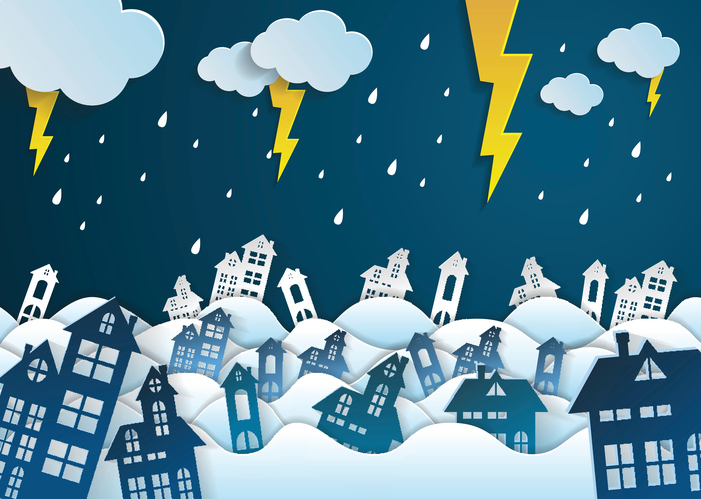On July 13th, the Credit Valley Conservation (CVC) hosted a workshop to forward the development of a technical report on how to accelerate stormwater management practices by leveraging Ontario’s Drainage Act.
Representatives from Freeman Associates, Ontario Ministry of the Environment and Climate Change, Ontario Ministry of Agriculture, Food, and Rural Affairs (OMAFRA), and K. Smart Associates presented insights into how the Drainage Act could be used to address economic, environmental, policy, and engineering challenges in implementing urban stormwater management, low impact development (LID), and green infrastructure.
CVC was motivated to produce this paper, because “The Drainage Act is a pre-existing Ontario Statute that provides a process for the construction and maintenance of communal drainage works on both private and public lands, including roads,” as the authors describe in the draft paper’s statement of purpose.
Tracy Patterson, principal at Freeman Associates, argued that siloed management of stormwater causes more problems than it solves. “What if we look at it totally different and say: okay municipalities, let’s work together, let’s work cooperatively and have a shared municipal approach to this?”
Instead, said Patterson, by managing stormwater at the watershed level, municipalities throughout the province can increase the effectiveness and scale of response and the precision of pinpointing and solving stormwater problems. Further, Patterson thinks that if stormwater management is aggregated across watersheds, Ontario’s undeveloped green space upland in watersheds are less likely to be perceived as stagnant economic assets. Rather, undeveloped land becomes valuable green infrastructure when priorities are shared across a watershed.
While the Drainage Act is useful in building a distributed system of LID across watersheds and bolstering the economic case for green infrastructure among non-traditional water actors, the Act also provides a water management solution that avoids legal contest between disparate actors.
“The Act says: we want to give those people who have drainage problems an alternative rather than suing or building berms and dikes. So, what we’re going to do is give [individuals] that right to initiate or trigger the process under the Drainage Act,” said Sid VanderVeen, Drainage Coordinator, OMAFRA. Consequently, the Act is a dispute resolution tool allowing landowners with concern about drainage to petition for evaluation of shared or abutted private lands.
CVC also petitioned those in attendance for their insights into how the legislation may or may not be effective in effectively delivering stormwater infrastructure. According to their polling results, “73 per cent of workshop participants agreed or strongly agreed that the mechanisms within the Drainage Act could be used to support green infrastructure uptake, while 20 per cent of respondents remain unsure.”
The final paper will take into account the feedback received from the diverse range of water professionals who provided feedback. It’s also one paper in a planned sequence of technical reports that will augment typical processes for implementing stormwater management and infrastructure, offering unconventional approaches in order to increase Ontario’s effectiveness in managing stormwater.









